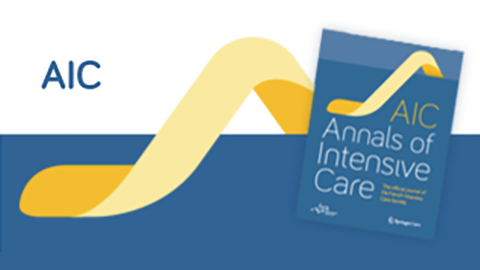22/11/2018


Source
Abstract
Background
Vasoactive medications are essential in septic shock, but are not fully incorporated into current mortality prediction risk scores. We sought to develop a novel mortality prediction model for septic shock incorporating quantitative vasoactive medication usageMethods
Quantitative vasopressor use was calculated in a cohort of 5352 septic shock patients and compared using norepinephrine equivalents (NEE), cumulative vasopressor index and the vasoactive inotrope score models. Having best discrimination prediction, log_10NEE was selected for further development of a novel prediction model for 28-day and 1-year mortality via backward stepwise logistic regression. This model termed ‘MAVIC’ (Mechanical ventilation, Acute Physiology And Chronic Health Evaluation-III, Vasopressors, Inotropes, Charlson comorbidity index) was then compared to Acute Physiology And Chronic Health Evaluation-III (APACHE-III) and Sequential Organ Failure Assessment (SOFA) scores in an independent validation cohort for its accuracy in predicting 28-day and 1-year mortality. Measurements and main results The MAVIC model was superior to the APACHE-III and SOFA scores in its ability to predict 28-day mortality (area under receiver operating characteristic curve [AUROC] 0.73 vs. 0.66 and 0.60) and 1-year mortality (AUROC 0.74 vs. 0.66 and 0.60), respectivelyConclusions
The incorporation of quantitative vasopressor usage into a novel ‘MAVIC’ model results in superior 28-day and 1-year mortality risk prediction in a large cohort of patients with septic shock.Liens article
©2018 The Author(s)